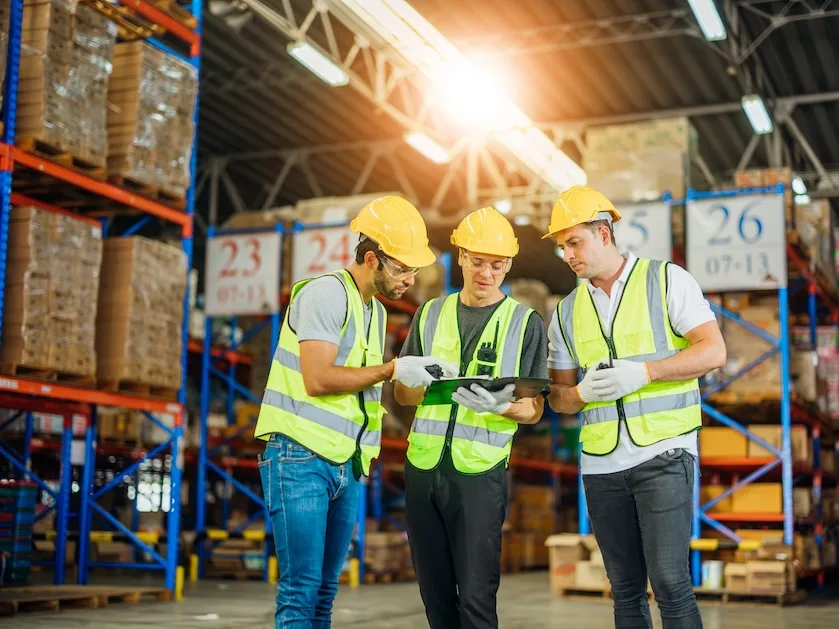
Cold chain logistics have humble beginnings, with refrigerated transport of temperature-sensitive goods dating back to 1797, when British fishermen stocked their vessels with ice to preserve their catch while at sea. Then and now, maintaining an unbroken cold chain can mean the difference between a successful delivery and losing the entire load.
As the cold chain industry experiences rapid growth and regulatory changes, innovation is key to adapting and expanding with the times.
Recent Changes in Cold Chain Logistics
Refrigerated transportation of perishable products has grown 57% since 1980, and according to industry analysts, cold storage construction is expected to increase at a rate of 15% between now and 2023. Where is this growth coming from?
Shifts in the way consumers approach food have led to significant changes in cold chain logistics. The rising popularity of farm-to-table cuisine is leading to an increased need to transport "never frozen" food products, which entails ever more complex logistics. Poultry, for example, is considered fresh only if it has never been chilled below 26 degrees, meaning there's only a 14-degree window between fresh and spoiled chicken.
And even with steeper regulations, cold chain growth hasn't slowed. The Food Safety Modernization Act (FSMA), which went into effect in 2017 and 2018, changed how the FDA approached food safety. Instead of being a reactionary force that intervenes when a problem occurs, the FDA changed its focus to proactively prevent contamination. FSMA regulations prompted a wide sweep of changes across the cold chain transport system, including an increase in FDA inspections and greater responsibility for loaders and transportation personnel to ensure proper handling.
This increased focus on transparency and accountability has caused manufacturers that previously handled their own shipping to seek reliable third-party transportation and distribution companies. Given that manufacturers are already implementing new processes to comply with the regulations, it's more efficient for them to outsource certain elements of cold chain logistics to transportation specialists.
So, how does a company adapt to the evolving needs of cold chain logistics, remain compliant with regulatory changes, and gain customers in expanding markets?
Technology Tools for Transportation Transparency
By staying alert to the latest advances in technology, transportation companies can better capitalize on an industry in flux.
Documentation to Dollars
Robust documentation is key to proving proper cold chain management. If the receiver doesn’t believe that the poultry was stored at 30 to 32 degrees for the entire trip, you need to be able to refute this claim and defend your drivers. Likewise, you'll need this info on hand if the FDA comes to check your paperwork. Technology solutions like Samsara can provide continuous real-time temperature monitoring and historical records, so you'll always have the documentation to quickly resolve any issues and get back to work.
Guarantee the “Cold” in Cold Chain
When you have sensitive cargo, loading it into an ambient temperature trailer can spell disaster, which is why pre-cooling is integral to cold chain logistics. Yet sending someone out to pre-cool a trailer takes time, effort, and diligence. Two-way reefer control with remote on/off is a simple way to ensure both cold chain integrity and operating efficiency.
Another problematic link in cold chain logistics is the potential for equipment failure. A faulty reefer unit that goes unnoticed while en route can cost hundreds of thousands of dollars in product loss. Well-maintained equipment and thorough checks have been industry-standard for a long time, but how do you mitigate catastrophic failure when it does occur? Real-time temperature monitoring and alerts can instantly warn you if the temperature has dropped below the desired threshold, allowing you to respond in the moment and mitigate the damage.
In the sweltering summer heat and the frozen cold of winter, the last mile can be especially daunting. To maintain product integrity from end to end, it's critical to minimize your loading and unloading times and to keep a careful watch on how long doors are open. Door monitors give you visibility into when and how long doors are open, so you can ensure your cargo doesn’t face prolonged exposure to the elements.
By taking advantage of advanced monitoring technology, you can give customers, old and new, the peace of mind that your transportation company is the right one for the job. We’ve come a long way since 1797 with technology solutions enabling ever more seamless cold chain logistics. Whatever the road hands you, you’ll be prepared to maintain the integrity of your cargo.
Interested in trying out Samsara? We offer free trials! And, don't miss the second part of our cold chain series on tactical ways you can maintain cold chain integrity.















